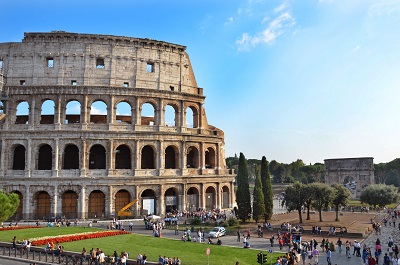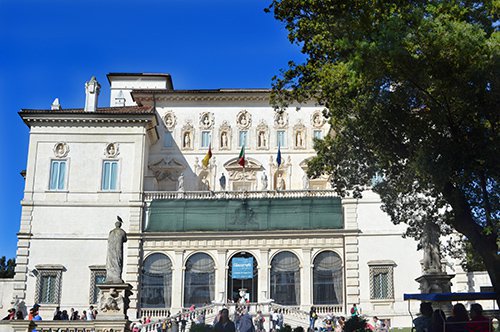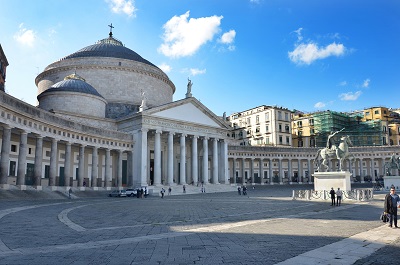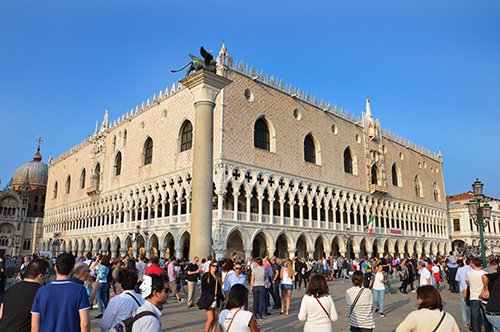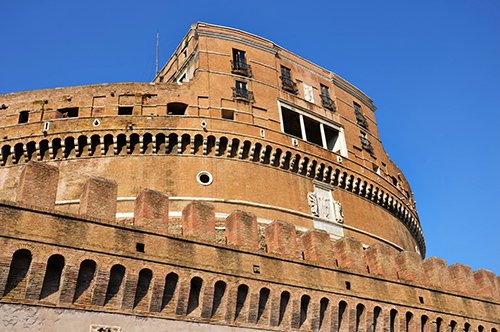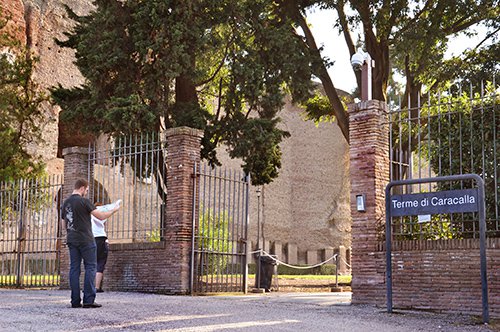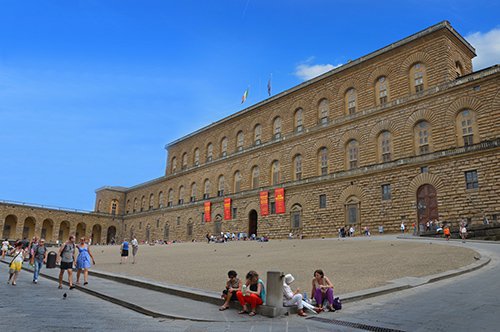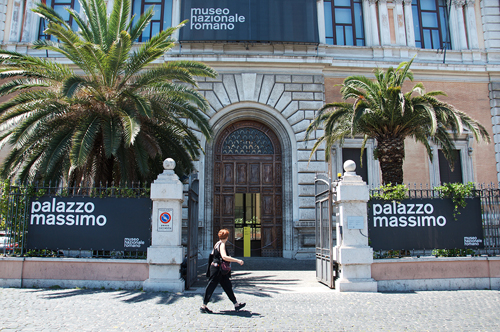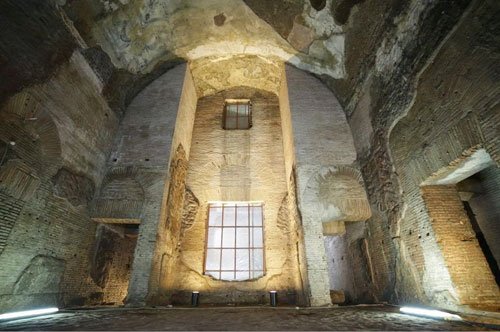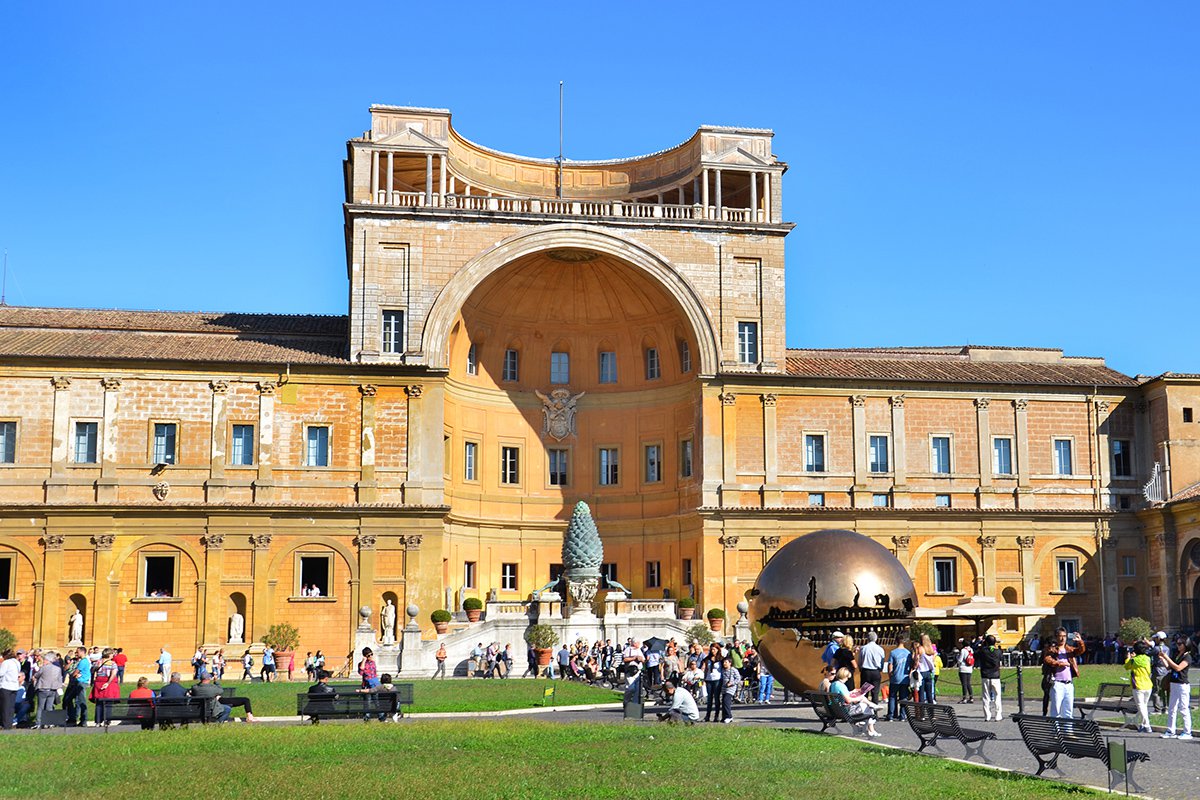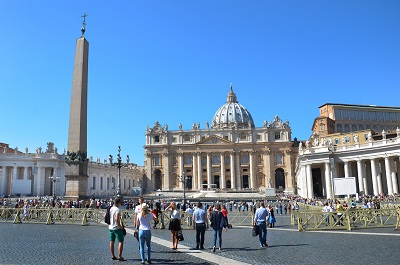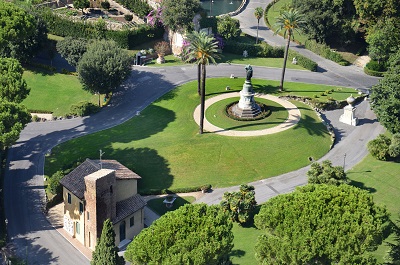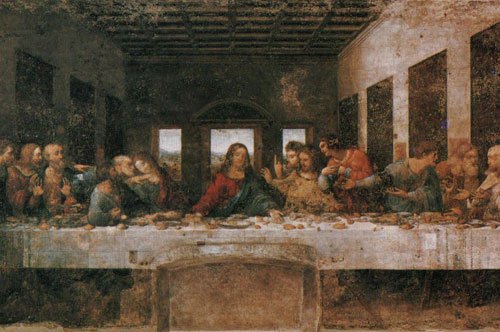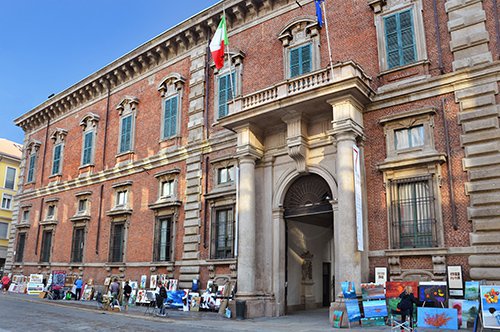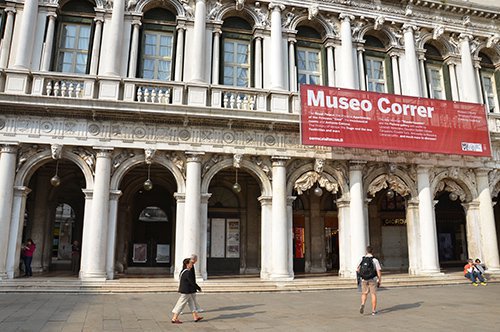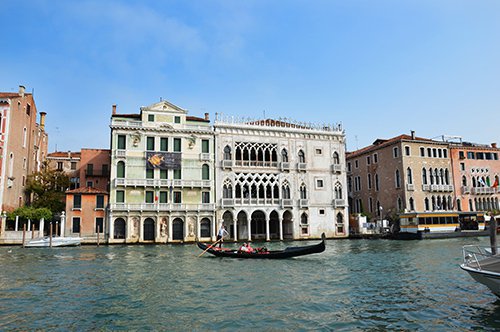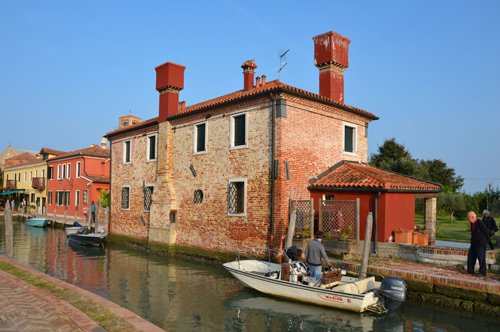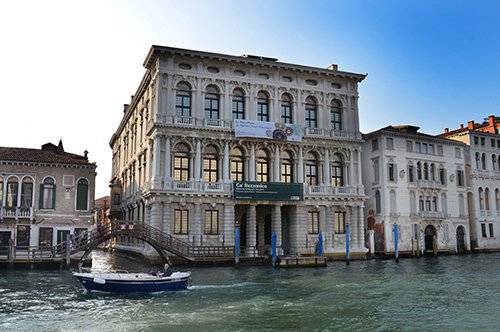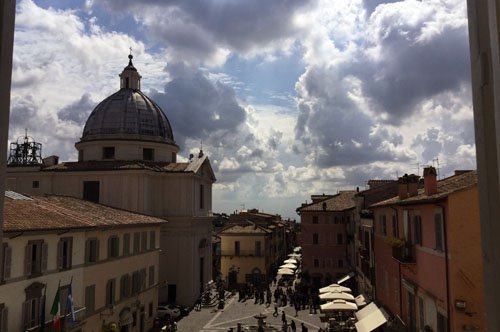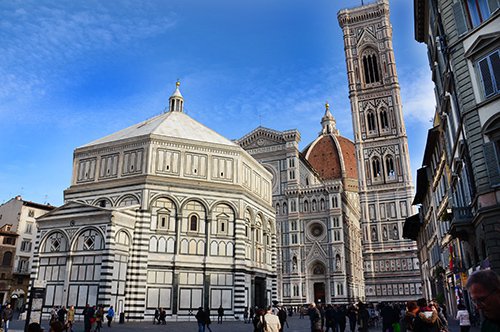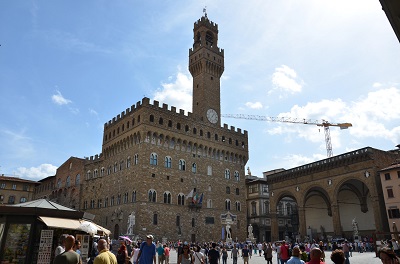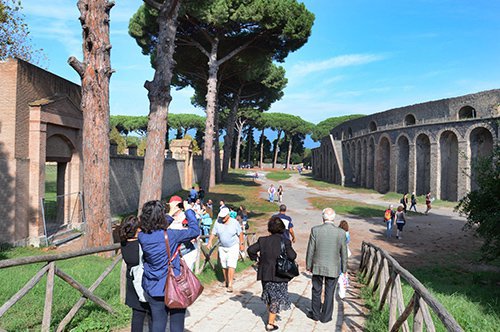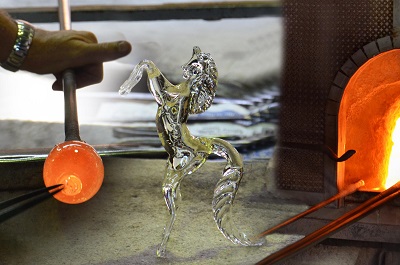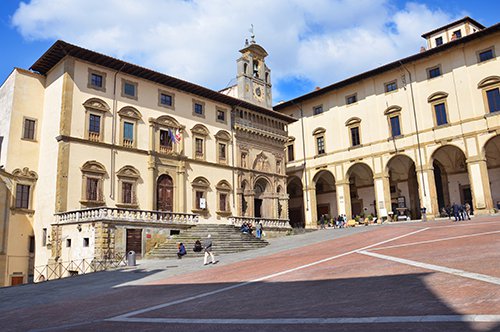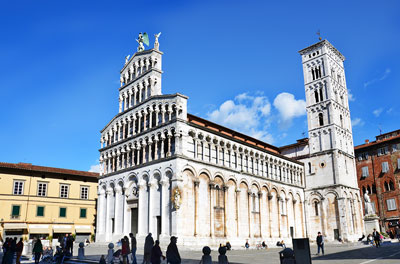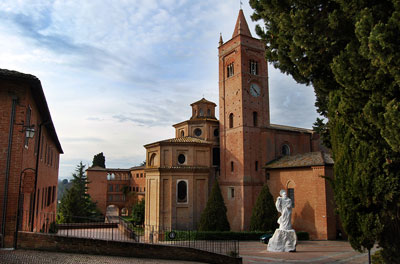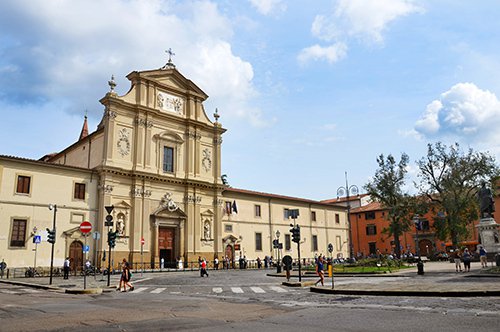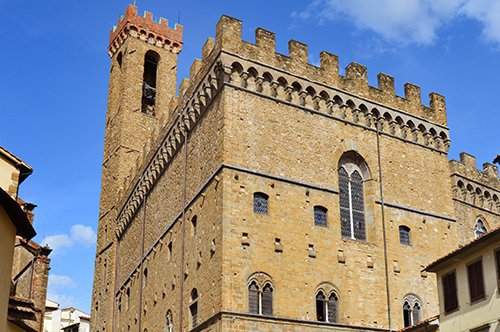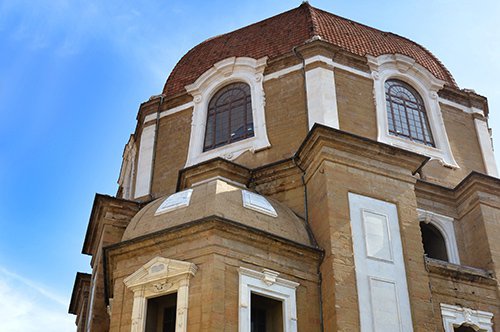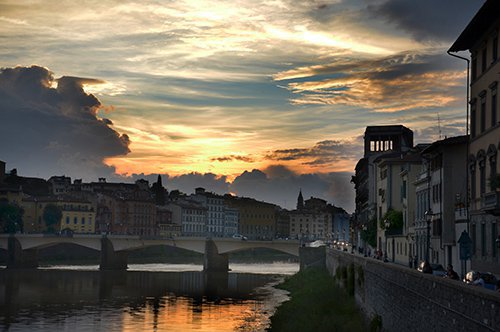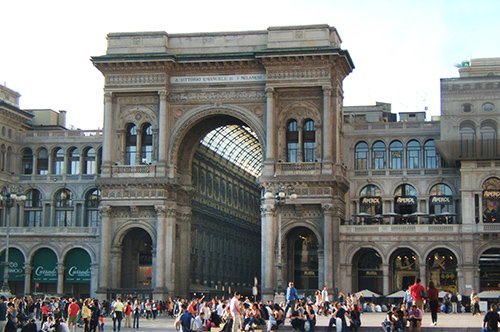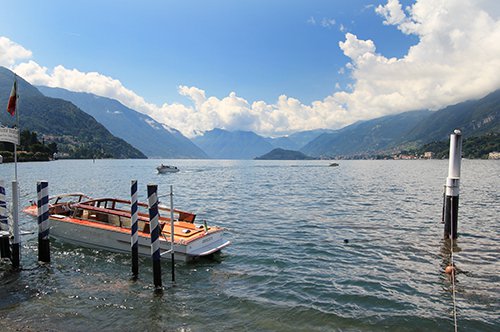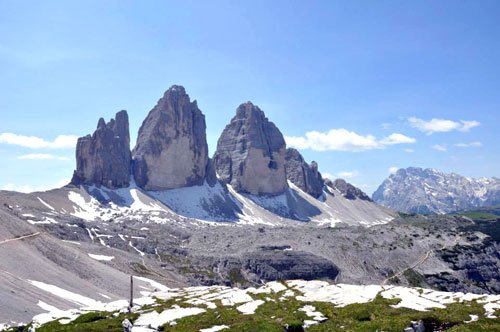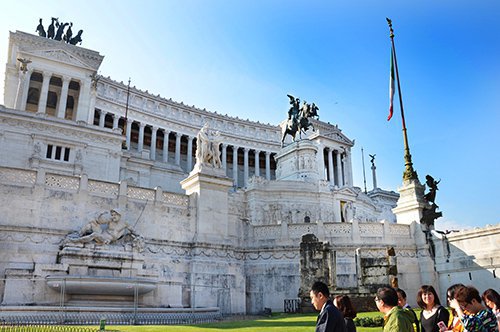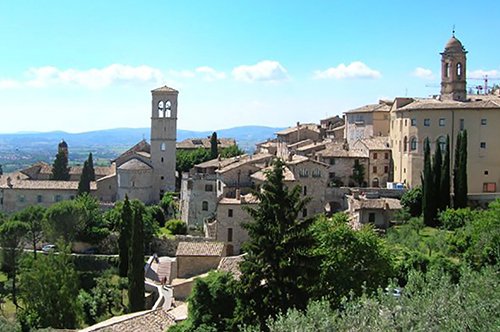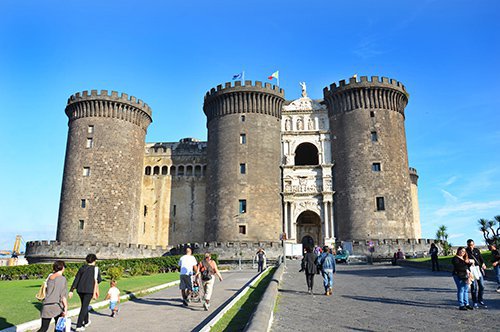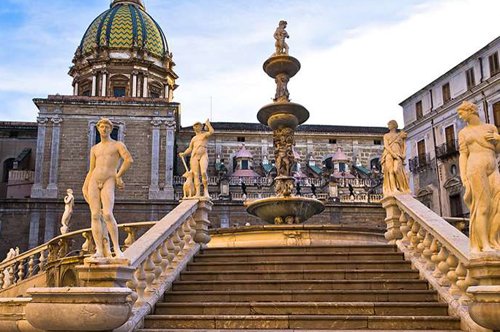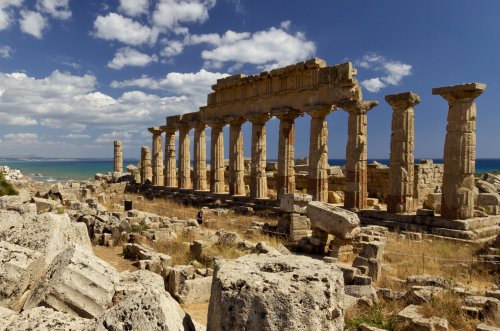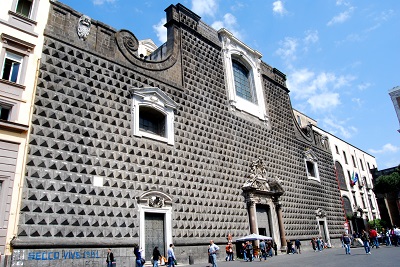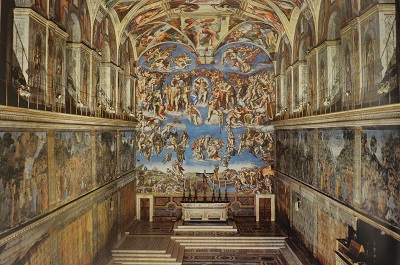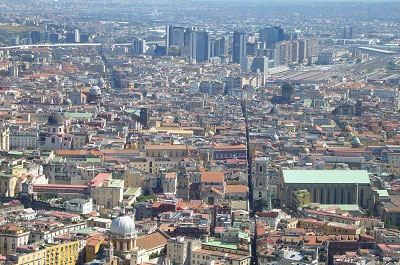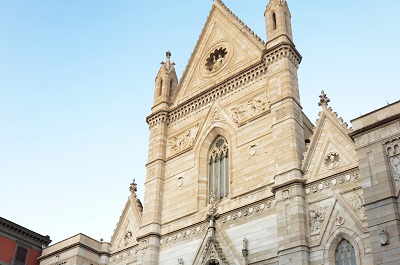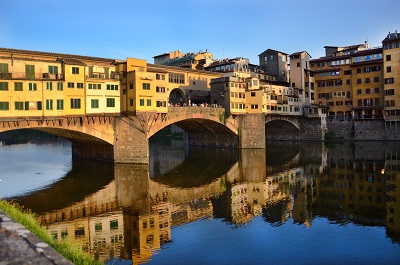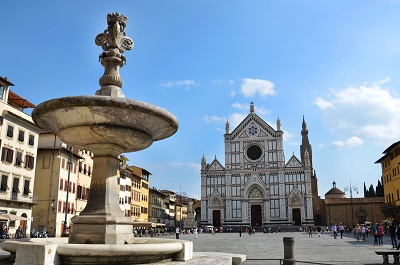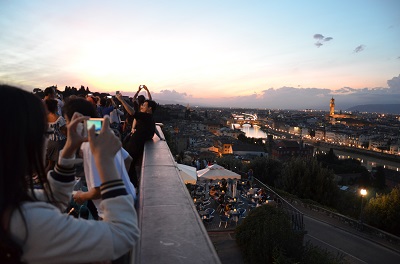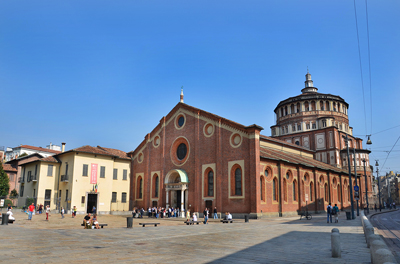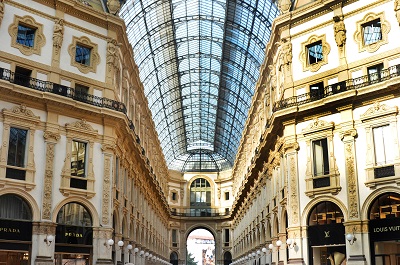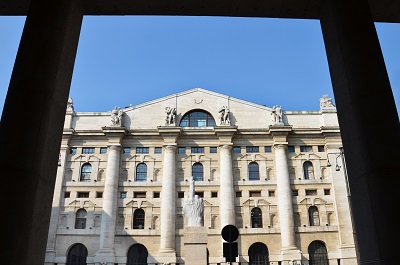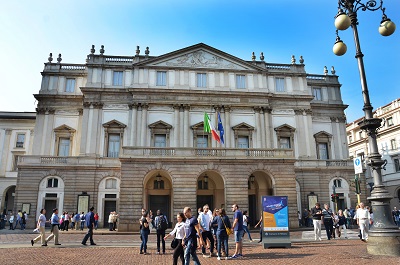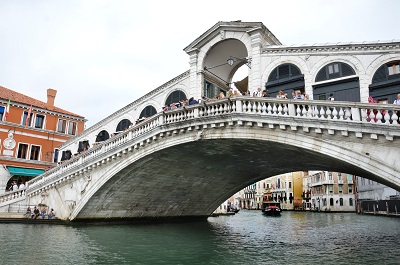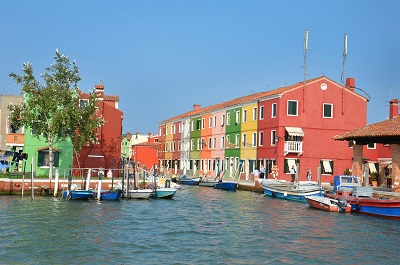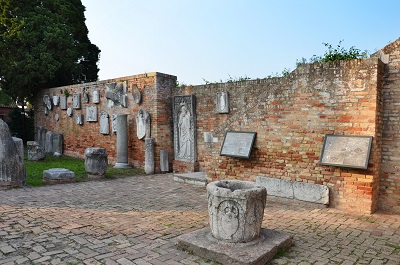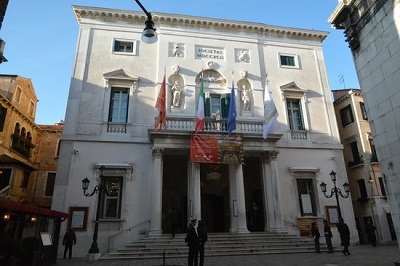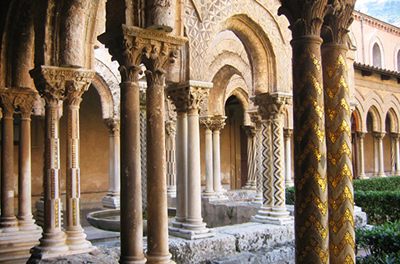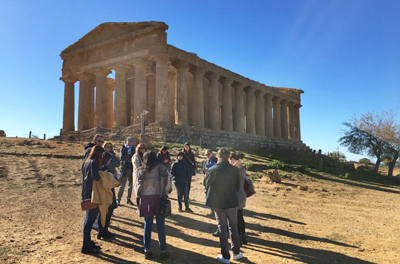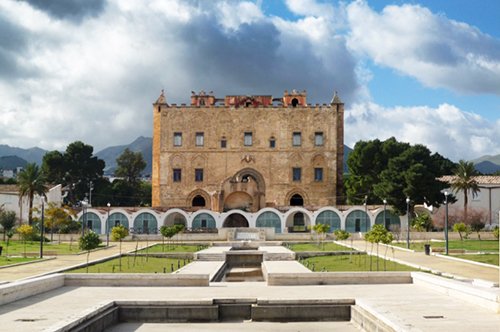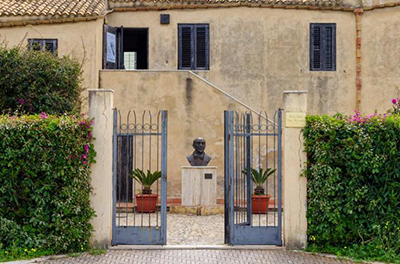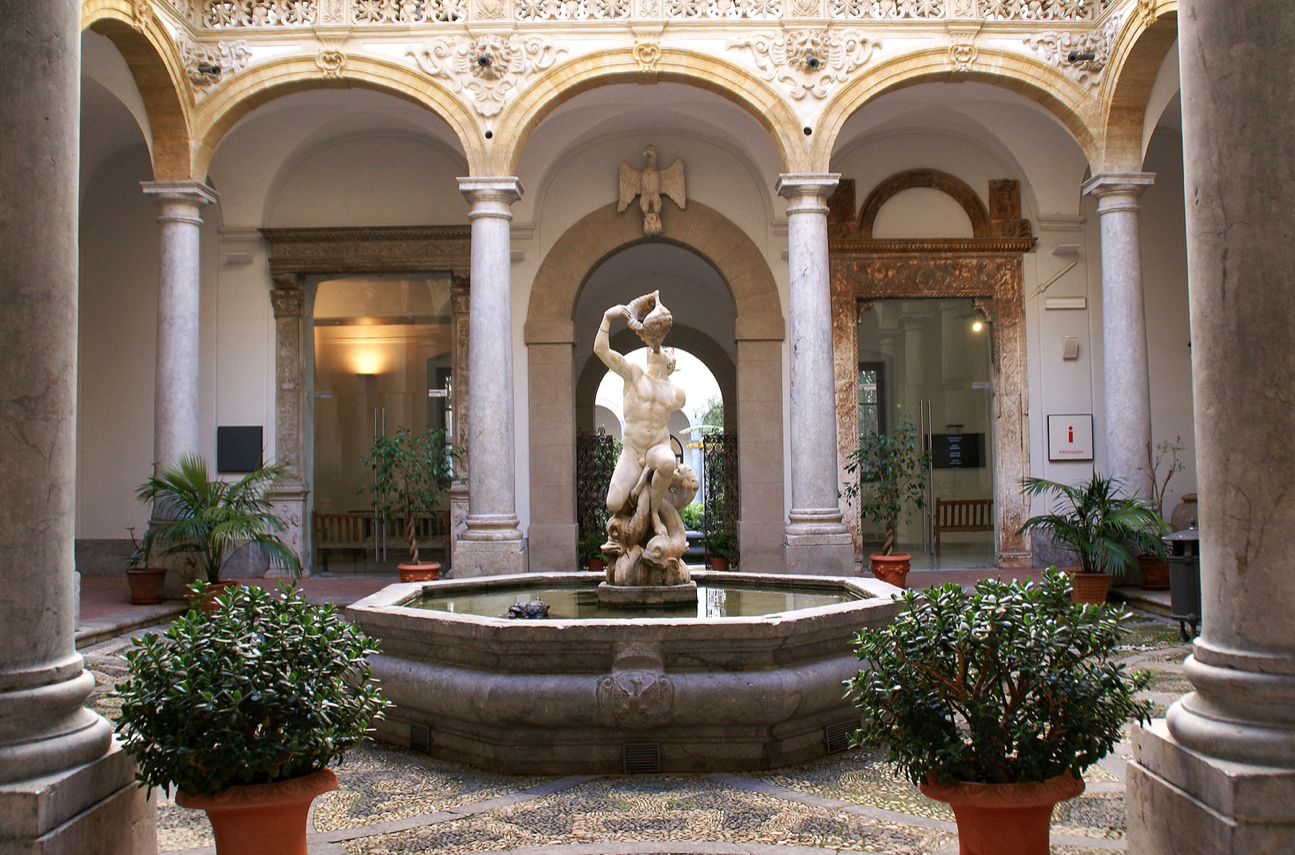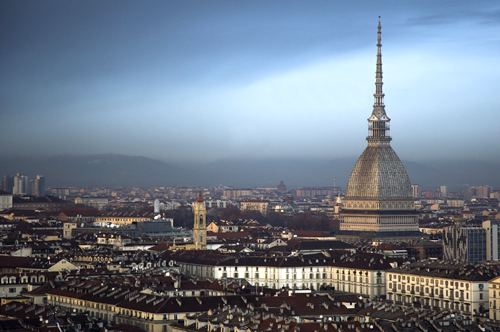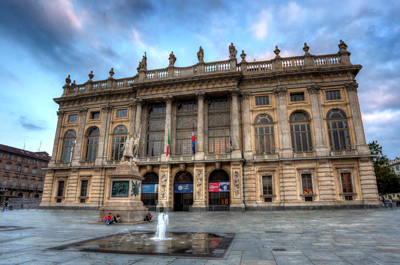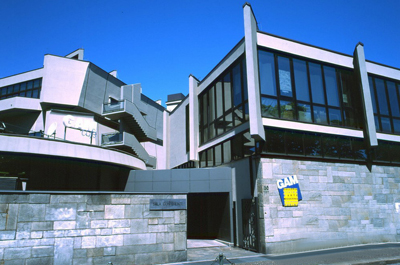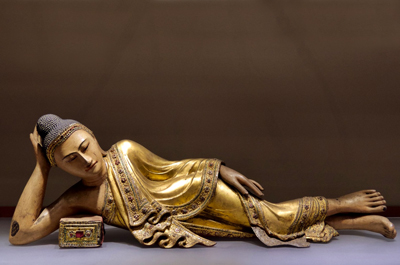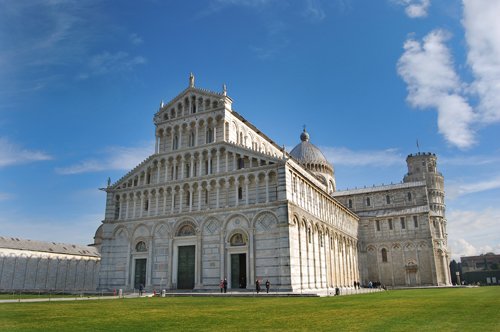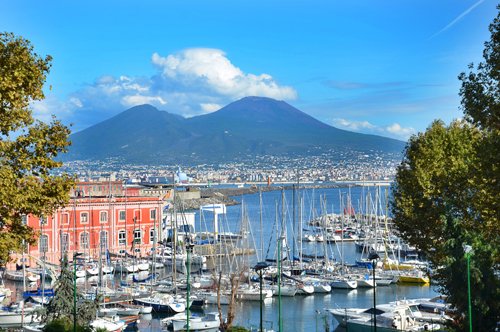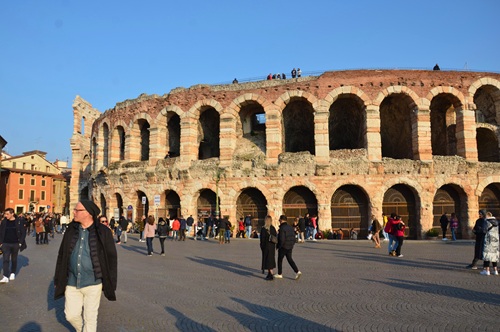Domus Aurea
All Categories
Tickets
Guided Tours
Private Tours
WHY VISIT THE DOMUS AUREA?
The rooms that belonged to the Domus Aurea have remained to this day as a testimony of the splendor reached in the golden age of the building. Each room generally takes its name from the decorative elements contained in them, For example, we find the "room of the vault of the owls" ("sala della volta delle civette"), the "room of the black vault" ("sala della volta nera") and the most famous is the "room of the golden vault" ("sala della volta dorata").
The few fragments of pictorial elements that have been found contain a high level of decorations; many artists were inspired by the grottos of the Domus Aurea and some of them, such as Raffaello, Ghirlandaio and Pinturicchio, left their signature in memory of the visit to the town of Nero.
One of the most famous sculptures found in the excavations of the village, is the Laoconte group (Laocoon and his sons) that represents the extreme sacrifice of the priest and his children that were placed to decorate the complex.
A LITTLE HISTORY OF THE DOMUS AUREA
The Domus Aurea was built by the Roman emperor Nero, then in 64 AD Rome was devastated by a fire. When Nero died, the village was destroyed to return to the Roman citizens all that part of the land, which the emperor had appropriated to build his house.
From the sumptuous villa it was only a part that was informally rediscovered at the end of the 15th century thanks to some hikers who entered the underground caves, rediscovering ancient painting and the art of the "grotesque".
The city extended on a part of the hill of the Palatine, the Oppio, the Velia and in a part of the hill of the Esquilino. Currently, the large complex of the Domus Aurea is in the Colle Oppio part, which winds around the main hall in an octagonal shape.
WHAT IS THE DOMUS AUREA NOWADAYS?
The part of the Domus Aurea that was not destroyed after the death of Nero and can be seen even today, is a part of the aqueduct called Arcus Neroniani, which supplied water to the Domus Aurea, to a part of the Baths of Trajan (Terme di Traiano) and the works of the Nymphaeum of Nero.
The remains left today is basically a nucleus formed by 150 rooms covered by barrel vaults. From the luxury and original splendor of the villa remain stuccos and mosaics, while the frescoes that adorn the corridors and walls are attributable to the Pompeian style.
CURIOSITIES OF THE DOMUS AUREA
Did you know that Nero Claudio Cesar Augusto Germanico was a Roman emperor, the fifth of the Julio-Claudian dynasty who ruled for fourteen years until his death at the age of thirty. According to the Catholic tradition, it was Nero who ordered Peter’s crucifixion.
Did you know that during his empire, Nero had an enormous marble statue built to represent him? It was the sculptor Zenodoro who made this colossal 37 meters high that was placed at the entrance of the palace. After the 5th century AD the statue was demolished by Pope Gregory the Great, who did not like the pagan symbol represented by the colossus of Nero.
HOW TO VISIT THE DOMUS AUREA?
The only way to visit the Domus Aurea (Golden House) is to take part in a guided tour with a fixed starting time. With this tour you will be able to discover the ancient residence of the Emperor Nero in all its splendor, thanks to the multimedia installations with virtual reality placed along the route.
OTHER ATTRACTIONS
The city of Rome is an open-air museum by visiting it you could see the ruins of the magnificent period of the Imperial Rome and its famous monuments throughout the world. Following your itinerary, with the help of the Map of Rome, you can, with a walk, see most of the Roman monuments.
Beginning with the Colosseum, the famous Roman amphitheater where gladiators fought and where important events were held, you can reach the Roman Forum and the Palatine. Continuing the visit you can follow your path through the Altar of the Fatherland and crossing Piazza di Campo de' Fiori, where the typical market of the city takes place until you reach the other side of the river and visit Castel Sant' Angelo. Very close to this castle is the Vatican City that contains artistic and architectural wonders such as the Sistine Chapel, the St. Peter’s Basilica, the Vatican Museums and the Vatican Gardens, place of relaxation and meditation of the Pope.
Some of the museums that we can recommend during your stay in Rome are those that are part of the National Roman Museum: Palazzo Massimo, Palazzo Altemps, Crypta Balbi and the Baths of Diocletian. Other interesting museums both in the old art and in the most recent eras are the Capitoline Museums and of course the Borghese Gallery. Some ancient monuments that you can visit are the Tomb of Cecilia Metella, the archaeological site of Villa dei Quintili and what remains of the beautiful complex of the Caracalla Thermal Baths, which was a popular place for the ancient Romans. You can continue your visit with the Pantheon of Agrippa and, passing through the famous Trevi Fountain (Fontana di Trevi), you can reach the Ara Pacis Museum. Another place where you can find an unusual charm, are the ancient Catacombs of Rome, the underground funerary monuments.
If you are interested in knowing the places of interest in the outskirts of Rome, you can visit the village of Castel Gandolfo, known for being one of the most beautiful villages in Italy, as well as the summer residence of the Pope. Not far from Rome, there is also the Villa d'Este in Tivoli that is worth visiting for its architecture and beautiful gardens.



